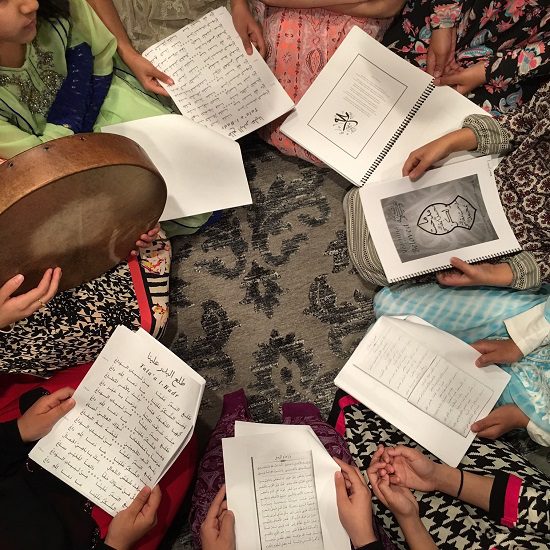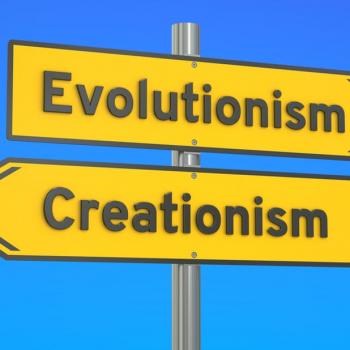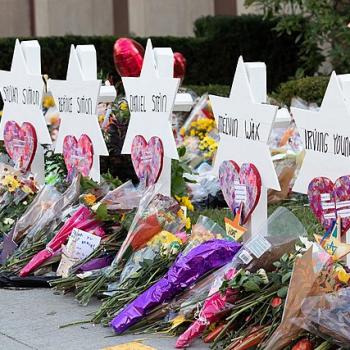 |
|
Father of mixed feelings
|
During the late 1990’s, I worked for a lawyer whose office was in the trendy inner-city Sydney suburb of Balmain. Apart from the law, he spent much of his spare time writing and making documentaries.
He told me of the high point of his film career a decade earlier, when he wrote and produced a documentary about the East Timorese struggle against Indonesian rule. He interviewed an Indonesian general who, as a young man, participated in the purge of presumed communists that took place during the mid-1960’s. He asked how the general recognised the person being tortured and killed was really a communist. “I can recognise communists by the shade of whiteness in their eyes,” the general replied.
Hundreds of thousands of Indonesians, many of them having no known links to communism, were murdered during these purges. Many Western leaders knew what was going on, but kept silent in much the same manner as they are silent today about atrocities and human rights abuses committed by dictatorships across the nominally Islamic world against anyone deemed an “Islamist”.
The man who orchestrated these massacres was another Indonesian general who is (to be fair, quite rightly) praised for leading his nation through a period of industrialisation and economic development. Yet many Indonesians recall this period of uncertainty, when a person could find themselves imprisoned or even disappear due to some distant association with an alleged leftist. That man was former Indonesian President Suharto, who died on 27 January, aged 86.
The front page story of the Jakarta Post the following day remembered Suharto as “[v]enerated for much of his 32-year tenure as the liberator he appeared to be after more than two decades of authoritarian rule under his predecessor Sukarno, and vilified near its end for his authoritarian rule and for the corruption he appeared to condone in his later years in office.” It went on to describe Suharto’s period of leadership as one “which saw political and economic stability at the expense of freedom and human rights.”
Such words could never have been written against Suharto in a major Indonesian newspaper prior to the mass protests in 1998 which forced Suharto to stand down. At least this is what I was told by an Indonesian postgraduate student when I visited the country in January 2006.
The day I arrived, newspapers carried the front page story of the Minister for Religious Affairs being caught up in a corruption scandal. Within hardly three months, a popular Indonesian tabloid Rakyat Merdeka (perhaps the closest thing to an Islamist New York Post) published an article critical of Australia’s involvement in West Papua . This wasn’t unusual – such articles appear in Indonesian papers all the time. What was new was the accompanying cartoon (which no doubt even the paper’s devout Muslim readers would have been offended by) showing one dingo with the head of former Australian Prime Minister John Howard from behind another dingo with the head of his Foreign Minister Alexander Downer.
The cartoon was deemed too risqué even for former the Shadow Foreign Minister (and now Prime Minister) Kevin Rudd, who described it as not passing “any standard of taste anywhere in the world” and even hinting at the Indonesian government using any “powers [it] has over Indonesian newspapers in terms of decency standards”. One wonders whether, as Prime Minister, if Mr. Rudd would try to exercise similar powers against Australian tabloids.
Indonesian cartoonists may skate on thin ice, but Indonesian people are showing their respect for their republic’s second President. Suharto was given a state funeral in his hometown of Surakarta. Current Indonesian President Susilo Bambang Yudhoyono has declared a week of national mourning. Suharto’s coffin was draped in the Indonesian flag when turned over by his family to the military. Tens of thousands lined the streets from the Suharto family’s Jakarta residence to an Air Force base as the coffin was driven to be transported for the Surakarta funeral.
The man whose “New Order” regime dominated Indonesian public life for over three decades ironically had humble beginnings. He was born in June 1921. At age 19, he entered a military school in Gambong. During the Japanese occupation, he spends some time in the Japanese-sponsored police force in Yogyakarta. Following independence in 1945 and until his accession to the Presidency in 1968, Soeharto went through the ranks of the Indonesian armed forces. That period saw an ongoing struggle against the Indonesian Communist Party.
Suharto’s presidency was characterised by strong economic growth, and he was proclaimed the “Father of Development”. At the same time, he brutally suppressed dissent. In January 1978, he ordered the closure of a number of influential newspapers and sent Indonesian troops onto university campuses.
Yet it was the Indonesian 1975 invasion and subsequent occupation of East Timor, believed to be a hotbed of communist activism under its leftist Fretilin leadership, for which many Australians will remember Suharto. Today, independent East Timor is a tiny nation at war with itself. No doubt in his last days, Suharto and many Indonesians who supported his intervention would have been whispering in unison under their breaths “We told you so”.
Islamic theology teaches that if God intended to make men perfect, He would have created them as angels. The man who ruled over the world’s largest Islamic nation for over 30 years certainly was not perfect. We may pontificate over the mistakes of his term in office. But today Indonesians enjoy freedoms which their co-religionists in other parts of the nominally Islamic world yearn for. Had Suharto not led his nation to relative prosperity, one wonders if its present democracy could thrive as it does now.
Irfan Yusuf is an associate editor of altmuslim and a Sydney-based lawyer whose work has appeared in some 15 mainstream newspapers in Australia, New Zealand and South-East Asia.











